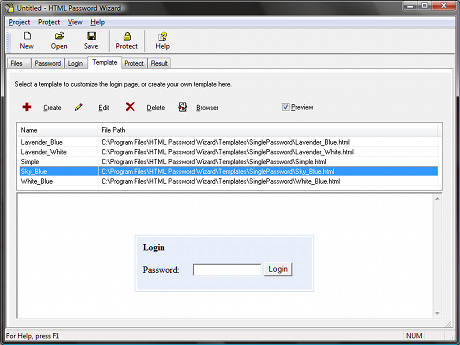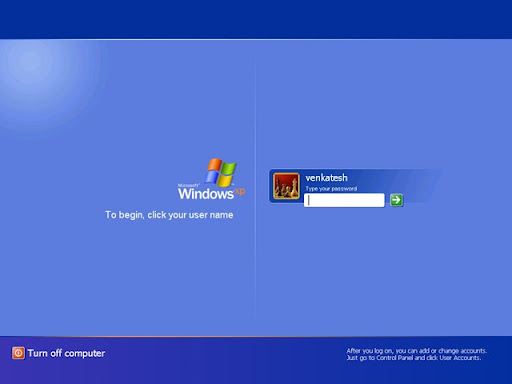

#WEB PASSWORD WIZARD V2.6 UPDATE#
You can alternatively run following command on “Command Prompt” to update policy: Select “Group Policy Update” in context menu to update policy.Right-click on the modified GPO in “Group Policy Management” console.

Close “Group Policy Management Editor” window.Select both “Success” and “Failure” check boxes to enable audit policy for monitoring both successful and failed events.įigure 3: Enable audit policy for “Success” and “Failure”.Click to select “Define these policy settings” option.Double-click “Audit account management” policy to access its properties.Navigate to “Computer Configuration” ➔ “Policies” ➔ “Windows Settings” ➔ “Security Settings” ➔ “Local Policies” ➔ “Audit policy”.įigure 2: “Group Policy Management Editor”.Select “Edit” in context menu to access “Group Policy Management Editor”.(We recommend you to create a new GPO, link it to the domain, and edit it). Right-click “Default Domain Policy” or any customized domain wide policy.Go to “Forest” ➔ “Domains” ➔ “in left panel.The “Group Policy Management” console opens up. Firstly, type “GPMC.MSC” in “Run” box or “Command Prompt” and then press “Enter” key.Track Password Resets with Native Auditing Step 1: Enable Auditing through GPMC In this article, I will guide you through the steps towards tracking password resets using both the native auditing method and our advanced auditing solution, Lepide Active Directory Auditor. Now the question is “How do I keep track of these password resets and keep up to date with such changes being made in Active Directory?” With many organizations boasting a large user database, it’s crucial to monitor and track object modifications in Active Directory on a regular basis. Preventing fraudulent access to a user account is a fundamental part of IT security, as such activities could lead inappropriate disclosure of potentially sensitive data to undesirable parties, or even destruction of confidential data. What happens if a hacker cracks your Active Directory account password and takes control of network resources? What kind of financial damage can they inflict on your organization if they are that way inclined? Any attempt to change a user’s password made by someone other than the account owner should raise red flags, as it could be a sign of an ongoing attack. Risk Analysis Identify areas of risk and govern access to sensitive data.Īnalyze changes, and review current and historic permissions.Instant visibility on permission changes, spot users with excessive permissions and reverse unwanted changes. Threat Response Automated actions based on alerts.Threat Detection Anomaly spotting and real time alerts.Intelligent threat detection through real time alerts, anomaly spotting and automated threat response. Learn more On-Premise & Cloud Platforms We Audit Monitor, audit and report on changes and interactions with platforms, files and folders across your on-premises and cloud environment.


 0 kommentar(er)
0 kommentar(er)
